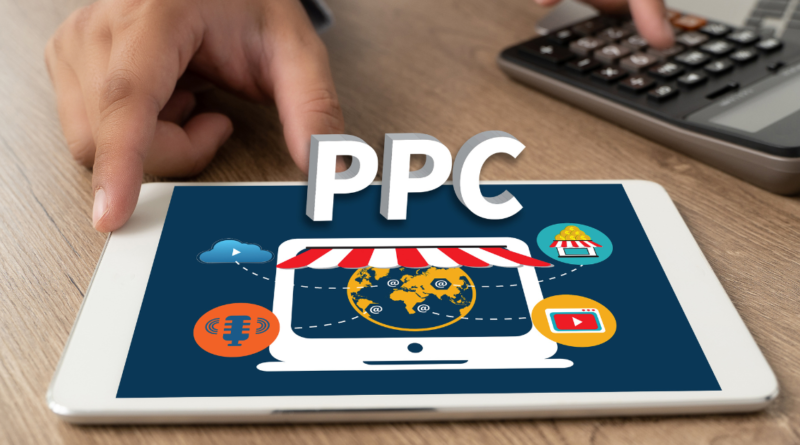Evolution of PPC Advertising: From Clicks to Customer Engagement
Pay-Per-Click (PPC) advertising has come a long way since its inception, evolving into a dynamic and sophisticated digital marketing strategy. Over the years, the landscape of PPC ads has undergone significant changes, adapting to technological advancements and shifting consumer behaviors. This blog delves into the evolution of PPC advertising, tracing its journey from basic clicks to a holistic approach focused on customer engagement.
1. Early Days of Clicks and Keywords:
In its early stages, PPC advertising primarily revolved around keyword targeting and bidding. Advertisers bid on specific keywords to have their ads displayed on search engine results pages. The success of these ads was measured by the number of clicks they received, emphasizing the importance of high click-through rates (CTR). The focus was on driving traffic to websites, regardless of whether the visitors converted into customers.
2. Quality Score and Relevance:
As PPC advertising gained popularity, search engines introduced the concept of Quality Score. This metric assessed the relevance of an ad to the keywords and the landing page. Advertisers were incentivized to create high-quality ads that provided value to users, leading to better ad placements and reduced costs per click. This shift encouraged advertisers to focus on the user experience and relevance of their ads.
3. Ad Extensions and Enhanced Formats:
To enhance the effectiveness of PPC ads, ad extensions were introduced. These allowed advertisers to include additional information, such as location, contact details, and links to specific pages. This not only made ads more informative but also provided users with more reasons to click. Over time, ad formats expanded to include video, shopping ads, and more interactive elements, catering to different consumer preferences.
4. Mobile-Focused Advertising:
The rise of mobile devices prompted a shift in PPC advertising strategies. Advertisers had to adapt their campaigns to accommodate smaller screens and shorter attention spans. Mobile-specific ad formats, such as click-to-call and app install ads, became essential components of successful PPC campaigns. Location-based targeting also gained prominence, enabling advertisers to reach users based on their geographical location.
5. Audience-Centric Targeting:
The evolution of PPC advertising led to a transition from keyword-centric targeting to audience-centric targeting. Advertisers could now target specific demographics, interests, behaviors, and even retarget users who had previously interacted with their website. This shift improved ad relevance and increased the chances of reaching potential customers at the right moment.
6. Emphasis on Engagement and Conversions:
In recent years, the focus of PPC advertising has shifted from clicks alone to engagement and conversions. Advertisers are now more concerned with the entire customer journey, from the initial click to the final conversion. Landing pages are optimized for conversion, and ad campaigns are designed to provide a seamless experience that encourages users to take action, whether it’s making a purchase, filling out a form, or subscribing to a newsletter.
The evolution of PPC advertising reflects the broader changes in the digital marketing strategy formations. From its humble beginnings as a clicks-driven strategy, PPC has transformed into a multi-dimensional approach centered around engaging the right audience, delivering relevant content, and driving conversions. As technology continues to advance and consumer behaviors evolve, PPC advertising will likely continue to adapt, remaining a pivotal tool in the marketer’s toolkit.
